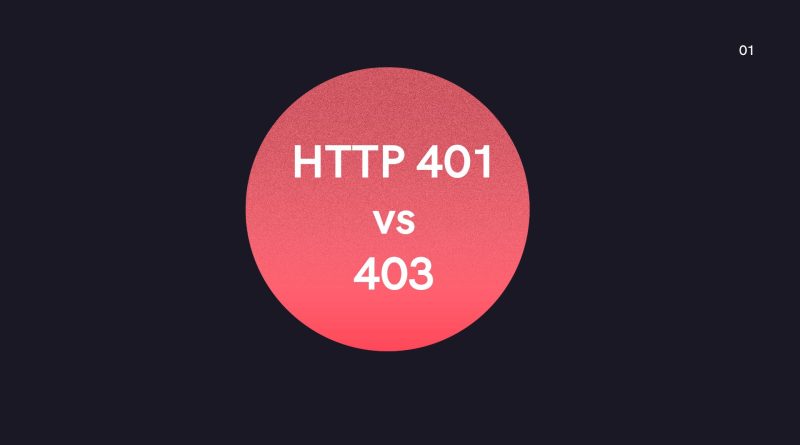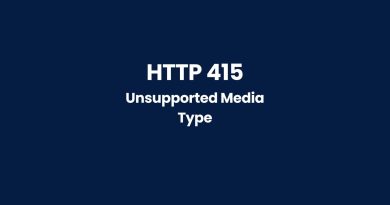HTTP 401 vs 403: The Ultimate Guide to HTTP Error Responses
Are you trying to understand the differences between HTTP 401 vs 403 status code in HTTP protocol? Many individuals stumble when it comes to understanding the implications for each code and how they differ from one another. Understanding whether an unauthorized request is met with a 401 or a 403 response can make all the difference in maintaining an effective website security strategy. In this blog post, we’ll look at the fundamental distinctions between these two error messages.
What is http 401 unauthorized status code?
The HTTP 401 Unauthorized Status Code is an error message that advises the user that they do not appropriate permissions to access the server. This can occur if user credentials are invalid credentials, or if a protected file requires special authorization credentials like a password or personal identification number. Knowing which kind of authorization is appropriate is key in getting passed this code and fulfilling your request successfully. It’s important to contact the site administrator if none of the listed authorization protocols work so you can be directed to the right method and gain entry.
When to use 401 unauthorized?
401 Unauthorized is an HTTP status code used when a request from a client cannot be authenticated by the server. It usually happens when users enter incorrect login information or do not have the required authorization for access to certain content. As such, 401 Unauthorized is essential as it helps protect confidential or sensitive data and ensures that only approved/valid user has access to secure information. Additionally, some servers may also include a ‘WWW-Authenticate’ header in response to unauthorized requests so that clients can understand why their request was denied and then they can repeat the request with a the replaced Authorization header field including the correct/ valid credentials. Understanding when it is appropriate to use 401 Unauthorized will help maintain better security and allow you to establish the necessary policies needed to protect confidential data.
What is http 403 forbidden status code?
The http 403 forbidden status code is returned in response to a request from the client when it is understood, but access is denied. This code indicates that either the requested page has been restricted viewing privileges or no access authorization can be provided. It is usually caused by limited connectivity or URL path permission issue, such as when one does not have adequate credentials for a specific directory. Understanding HTTP 403 forbidden status code helps administrators identify security risks and protect their system from unauthorised access or malicious activities.
When to use http 403 forbidden?
HTTP 403 forbidden is an error code used when a user attempts to access a web page or target resource without permission from the server. This is typically used in situations where a website has restricted access and has been configured to notify clients of this arrangement. A common example involves pages that are sensitive to user authentication, such as employee login portals or bank account statements pages. In these cases, the server should respond with an HTTP 403 denied code when a page needs authentication but does not receive it. Additionally, this error can arise if the user does not possess the necessary rights, privileges or roles required for access. Ultimately, any situation in which access denial would be appropriate or necessary requires HTTP 403 forbidden usage.
Differences between HTTP 401 vs 403
- HTTP 401 Unauthorized requires the client to provide proof that they are authorized before gaining access to a resource, whereas HTTP 403 Forbidden prohibits them from accessing the requested material no matter what.
- A 401 error may occur if the client’s authentication fails because it lacks valid authentication credentials. Conversely, when they are greeted with a 403 Forbidden message, access has been denied even if correct login details have been provided.
- The 401 Unauthorized error is typically used in cases where the client needs to provide login credentials, while the 403 Forbidden error is used when the client has the necessary credentials but is not authorized to access the resource.
- The 401 Unauthorized error may be accompanied by a “WWW-Authenticate” header, which provides the client with information on how to authenticate itself and get the requested resource. The 403 Forbidden error, on the other hand, does not include a “WWW-Authenticate” header.
All HTTP status codes by categories
Informational responses
(100 – 199)



